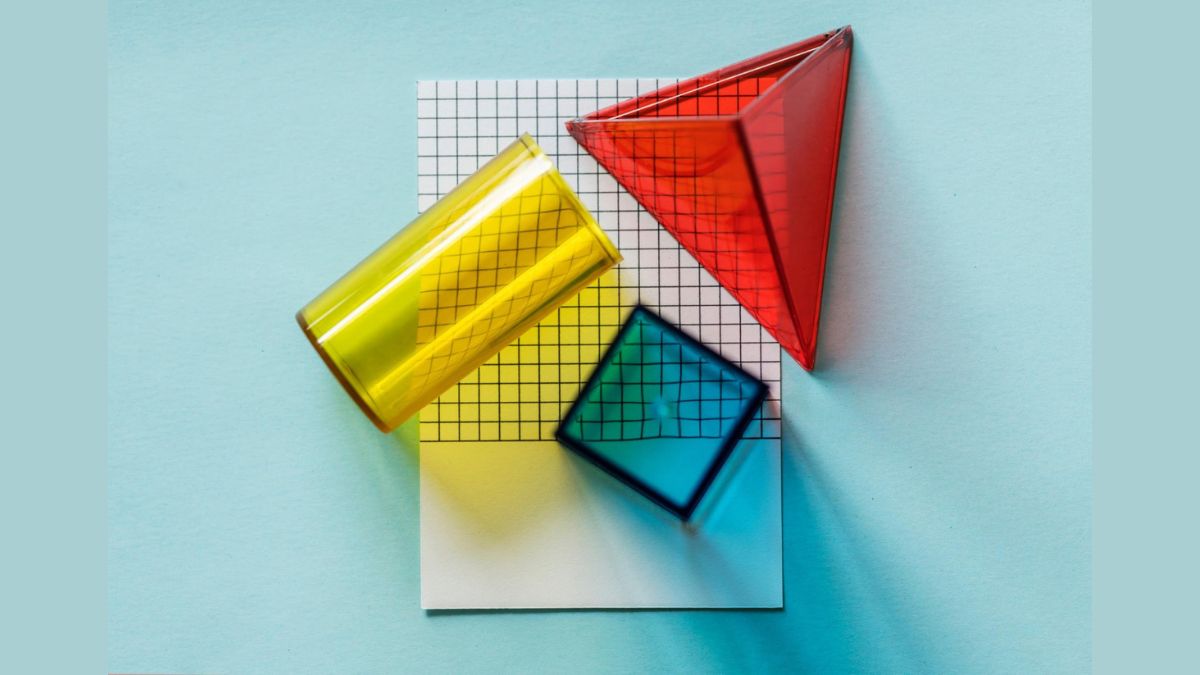EDUCATION
From Points to Polygons: A Deep Dive into the World of Geometry Spot

Geometry is all around us, shaping the world in ways we often overlook. From the simplest shape—a point—to more complex structures like polygons, geometry plays a crucial role in our understanding of space and design. Enter Geometry Spot, an innovative tool that transforms how we visualize and interact with these fundamental concepts. Whether you’re a student grappling with geometric principles or a professional designer looking for fresh inspiration, Geometry Spot offers fascinating insights into the relationship between points and polygons. Let’s embark on an exciting journey to explore this dynamic realm where mathematics meets creativity!
The Basics of Points and Polygons
Geometry serves as the foundation for understanding shapes and spaces. At its core, it begins with points. A point is a precise location in space, defined by coordinates but lacking any dimension. It’s simply an indication of position.
Polygons emerge when we connect multiple points together. These closed figures come in various forms, from triangles to hexagons, each named based on the number of sides they possess.
Each polygon has unique properties that define its characteristics. For instance, regular polygons have equal-length sides and angles, while irregular ones do not follow this symmetry.
Understanding these fundamental elements helps us explore more complex geometric concepts. Grasping how points form the basis for polygons lays the groundwork for deeper insights into geometry’s applications and relevance in our daily lives.
How Geometry Spot Transforms Points into Polygons
Geometry Spot takes the fundamental elements of geometry and reimagines them. It starts with simple points, which are the building blocks of all shapes. Each point holds potential; individually, they seem insignificant but together, they create something remarkable.
Through advanced algorithms, Geometry Spot connects these points seamlessly. This process allows for the formation of polygons—shapes defined by straight sides and vertices. The software analyzes spatial relationships between points to generate various polygon types, from triangles to complex structures.
Users can manipulate these polygons easily. Adjusting a single point can change the entire shape dynamically. This real-time transformation empowers designers and architects alike to visualize their ideas instantly.
What was once abstract becomes tangible through this technology. Geometry Spot bridges creativity with mathematical precision, turning theoretical concepts into practical applications that resonate in everyday design tasks.
Real-life Applications of Geometry Spot
Geometry Spot finds its place in various fields, showcasing the practicality of geometric transformations. In architecture, designers use it to visualize and refine structural shapes before construction. This allows for more innovative designs and efficient use of materials.
In education, teachers leverage Geometry Spot as a tool to help students grasp complex concepts. By transforming points into polygons, learners can better understand spatial relationships and enhance their problem-solving skills.
Moreover, this technology plays a significant role in computer graphics and game design. Artists manipulate basic geometric forms to create intricate characters and environments.
Urban planning also benefits from Geometry Spot. Planners analyze spaces by converting data points into polygons that represent land usage patterns or transportation routes.
From entertainment to education, the applications are vast and varied. Each sector demonstrates how crucial geometry is in shaping our world.
Challenges and Limitations of Using Geometry Spot
While Geometry Spot offers innovative ways to visualize geometric concepts, it does come with challenges.
One significant limitation is accuracy. The transformation from points to polygons can sometimes yield unexpected results, especially with complex shapes. Users may find discrepancies that require manual adjustments.
Another challenge lies in the user interface. For newcomers, navigating the software can be daunting. A steep learning curve might discourage individuals from fully utilizing its features.
Additionally, not all devices support Geometry Spot effectively. Performance issues on older hardware could lead to frustrating experiences and hinder engagement.
Integration with other tools remains a concern for many users. Compatibility issues may arise when trying to combine data from different platforms or applications. This fragmentation limits the overall utility of Geometry Spot in broader projects or workflows.
Advancements and Future Possibilities
Recent advancements in technology are reshaping the landscape of geometry spot applications. With the rise of artificial intelligence and machine learning, algorithms can now analyze shapes with greater accuracy and speed.
Researchers are exploring ways to integrate augmented reality into geometry spot software. Imagine visualizing polygons superimposed on real-world environments for education or design purposes.
Moreover, collaboration tools are emerging that allow teams to manipulate geometric data in real-time from anywhere globally. This could revolutionize fields like architecture and engineering by fostering creativity and innovation.
The incorporation of 3D printing is another exciting frontier. As we transform points into complex geometrical forms, these designs can be brought to life quickly and efficiently.
As more industries recognize the value of precise geometric transformations, the potential applications seem limitless. The future promises a sophisticated interplay between digital models and tangible objects, enhancing our understanding and utilization of geometry spots.
Conclusion
Geometry Spot has emerged as an innovative tool that reshapes our understanding of geometric concepts. By transforming points into polygons, it provides a visual and intuitive way to grasp complex ideas. Its applications extend beyond academic settings, finding relevance in industries such as architecture, design, and urban planning.
However, it’s essential to acknowledge the challenges and limitations that come with using Geometry Spot. As technology evolves, there’s always room for improvement. The future holds exciting possibilities for enhancing this tool even further.
As we explore the world of geometry through Geometry Spot, we witness how technology can bridge gaps between abstract concepts and real-world applications. This journey from points to polygons is just beginning; who knows what new dimensions lie ahead?

-

 TOPIC3 months ago
TOPIC3 months agoChecwifeswap Uncovered: What You Need to Know Before Joining
-

 TECHNOLOGY3 months ago
TECHNOLOGY3 months agoA Step-by-Step Guide to Transforming MXD to SLD
-

 TOPIC3 months ago
TOPIC3 months agoExploring GifHQ: The Ultimate Hub for GIF Enthusiasts
-

 TOPIC4 months ago
TOPIC4 months agoThe Micro Draco: A Compact Powerhouse in Personal Defense
-

 TECHNOLOGY3 months ago
TECHNOLOGY3 months agoHow Wepbound is Revolutionizing Digital Communication
-

 TECHNOLOGY4 months ago
TECHNOLOGY4 months agoExploring the Future of Technology: A Deep Dive into Betechit
-

 BIOGRAPHY4 months ago
BIOGRAPHY4 months agoMalia Manocherian: Pioneering Paths in Art and Community Engagement
-

 TECHNOLOGY4 months ago
TECHNOLOGY4 months agoUnderstanding Cable Layer: The Backbone of Modern Connectivity